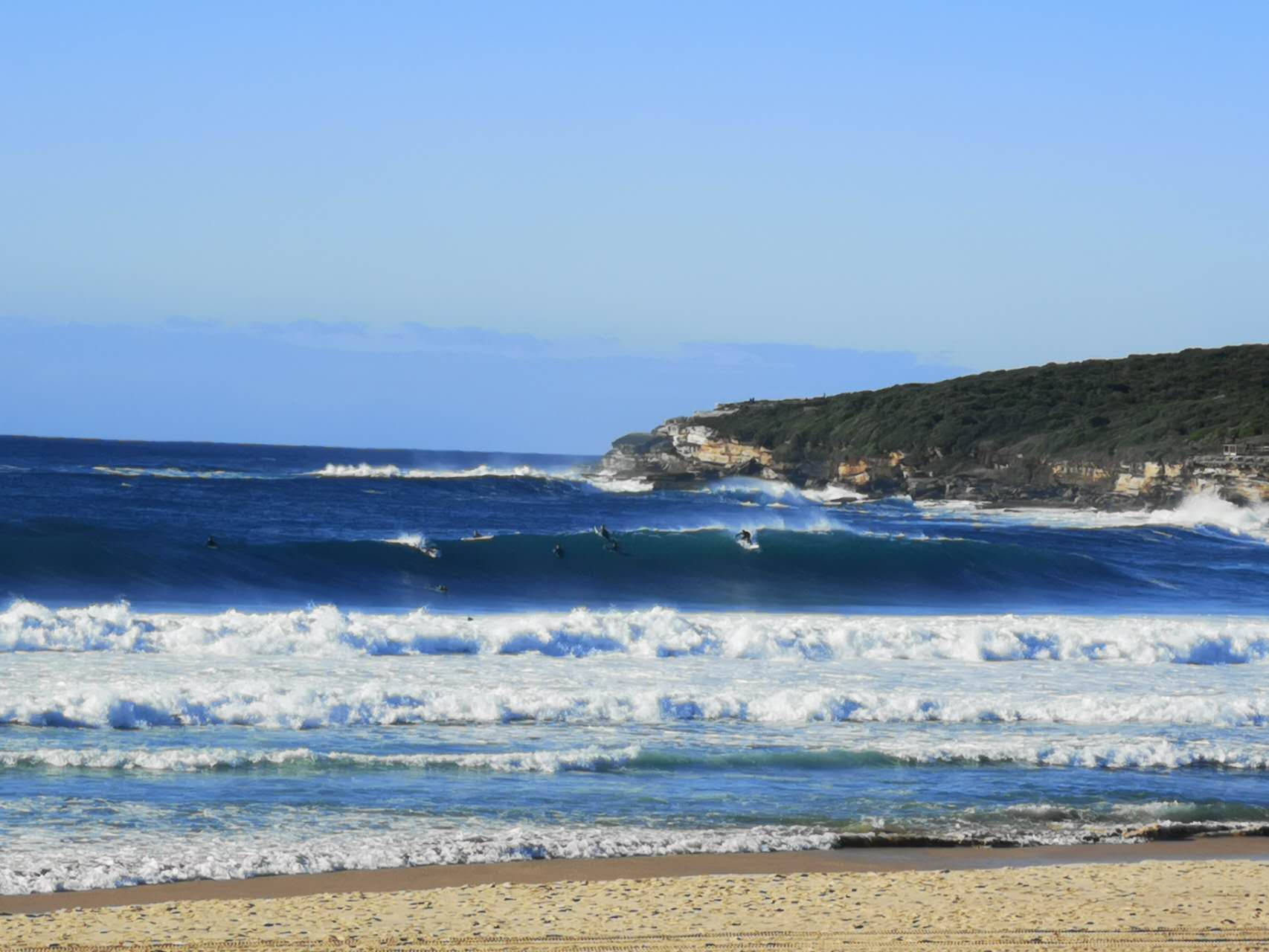New Article: "Surveying river health along the New South Wales rivers"
The Surface Water Science Team released the River Styles Spatial data recently and tells their story there.
Please go to the Article: "Surveying river health along the New South Wales rivers"
https://water-hub.seed.nsw.gov.au/article/surveying-river-health-along-new-south-wales-rivers
Type
Announcement
Topic
News & Information
New South Wales River Styles spatial dataset
Overview
The NSW River Styles is a spatial dataset that contains over 220,000 km of river length in NSW and records information (attributes) for each discrete section (reach) of river using the River Styles Framework.
A River Style is a discrete river type, defined according to its valley setting, planform, bed material and assemblage of geomorphic units. The River Styles Framework is an approach to geomorphologically informed river management that was developed at Macquarie University (https://riverstyles.com/river-styles-framework). The four stages in the River Styles Framework, cover the descri...
The NSW River Styles is a spatial dataset that contains over 220,000 km of river length in NSW and records information (attributes) for each discrete section (reach) of river using the River Styles Framework.
A River Style is a discrete river type, defined according to its valley setting, planform, bed material and assemblage of geomorphic units. The River Styles Framework is an approach to geomorphologically informed river management that was developed at Macquarie University (https://riverstyles.com/river-styles-framework). The four stages in the River Styles Framework, cover the description of river morphology, interpretation of behaviour, assessment of condition, prediction of river recovery potential and prioritisation of river management
Assessments use a range of data including recent and historical imagery, elevation data, along with field assessments to validate the desktop assessments and gather better data on bed material, and geomorphic features and condition. Individual reaches are then considered in context of upstream and downstream reaches and then broader sub-catchment and catchment scale processes, threats and connections, such as erosion and sediment transport, landuse and riparian vegetation.
Dataset Resources
Comments
No comments yet.
